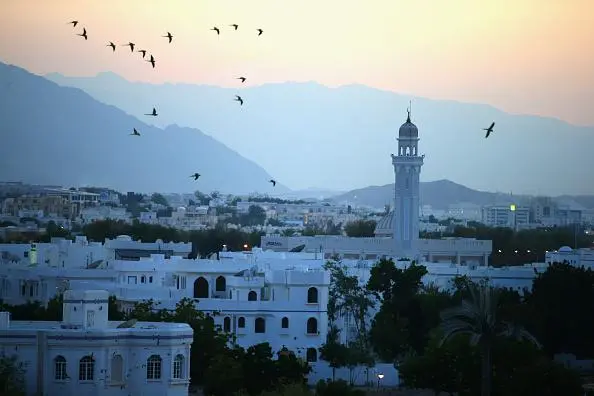PHOTO
Ghala as a new central business district of the capital city and a light metro rail line linking Al Seeb and Ruwi are part of Oman's national urban strategy to make Muscat a world-class city based on solid foundations of cultural traditions and Omani values.
The development plans are envisaged in the ambitious Oman National Spatial Strategy (ONSS) which is the National Framework for guiding Oman’s spatial development sustainably for the next 20 years.
The plans seek to balance socio-economic development while preserving the Sultanate’s valuable natural and cultural resources for the next generations, in alignment with the national goals and priorities of Oman Vision 2040.
The Ministry of Housing and Urban Planning is set to conduct a number of initiatives in this regard and implementation and investment programs for the next 20 years are divided into four five-year plans for each governorate.
According to features identified in ONSS, among many major projects, to be implemented in the Muscat Governorate are a commuter rail line to transport passengers between Al Seeb and Suhar and a light metro linking Ruwi and Seeb.
The Urban Strategy aims to achieve more balanced development based on a clear hierarchy of service centers distribution, which shall lead to job opportunities in various centers based on their developmental capabilities, and thus reducing internal migration towards cities and towns.
The establishment of Greater Muscat is based on a diversified economic base. It will absorb Barka, and revolves around a finance, knowledge and innovation-based economy, including logistics and tourism sectors.
“The city emerges as a pioneer at the level of the Gulf Cooperation Council due to its natural characteristics attracting people to live, work and recreate altogether”, says an ONSS report.
ECOTOURISM
In addition, permissible mining (high value minerals) will be allowed with strict controls encouraging ecotourism, and allowing the establishment of environmental research centres, enhancement of wadis into public parks and provision of multiple transportation modes encouraging mobility without private vehicles and walking.
The introduction of the Greater Cities concept within the National Spatial Strategy is in response to the important functional roles that economic gateways and national centers will play as major engines of growth.
The significant economic and population growth in these cities will require expansion of their urban containment boundary so that they integrate with their neighbouring settlements, which in turn will benefit from the opportunities available in the larger cities, leading to the emergence of Greater Cities concept, represented in Greater Muscat, Greater Salalah, Greater Suhar and Greater Nizwa.
“This shall enable these cities to provide high-quality services, qualifying them to be centers of innovation, creativity and advanced education, involving various sectors that provide services to a wider range of urban and rural areas”, says the ONSS.
2021 © All right reserved for Oman Establishment for Press, Publication and Advertising (OEPPA) Provided by SyndiGate Media Inc. (Syndigate.info).












